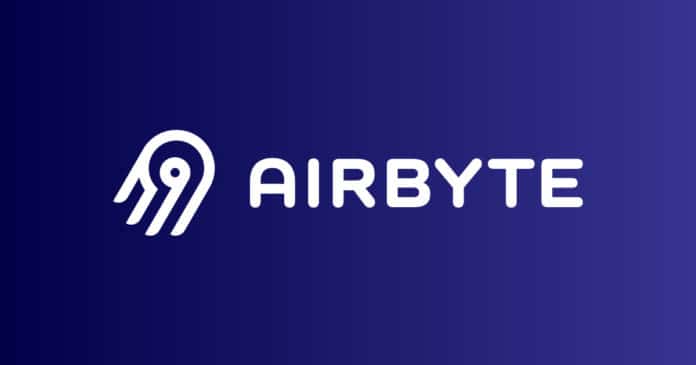Airbyte, creator of the open source data integration platform, today announced adding executives to lead product marketing, sales, demand generation, events, open-source user success, documentation, and developer content, to foster the company’s continuous and rapid growth. The company also announced that it will hold a series of daily announcements the first week of April that will focus on its user community and product updates.
With its rapid growth trajectory and more than $181 million funding raised in 2021, Airbyte has brought on new hires Talia Moyal as head of product marketing, Adam Knobel as head of sales, Edward Farraye as head of demand generation, Chris Rose as head of events, Jerri Comeau as head of open-source user success, Amruta Ranade as documentation lead, and Ari Bajo-Rouvinen as developer content lead.
“We’re building out the team that will continue to propel our growth this year and into the future,” said Michel Tricot, co-founder and CEO, Airbyte. “We are seeking the best talent from all over the world and each of these leaders will be building out their teams the same way.”
Airbyte has planned a series of daily announcements held online starting April 4. Each day will have a different focus:
- Community – Monday, April 4
- Cloud Product – April 5
- Product Roadmap – April 6
- Open Source – CLI (Command Line Interface) – April 7
- Company Update – April 8
With its growing community of 6,000 data practitioners and 300 contributors, Airbyte is allowing to move and consolidate data from different sources to data warehouses, data lakes, or databases in a process referred to as extract, load, and, when desired, transform (ELT). Over the past year and a half, more than 10,000 companies have used Airbyte to sync data from sources such as PostgreSQL, MySQL, Facebook Ads, Salesforce, Stripe, and connect to destinations that include Redshift, Snowflake, Databricks and BigQuery.
Airbyte’s open source data integration solves two problems: First, companies always have to build and maintain data connectors on their own because most less popular “long tail” data connectors are not supported by closed-source ELT technologies. Second, data teams often have to do custom work around pre-built connectors to make them work within their unique data infrastructure.




